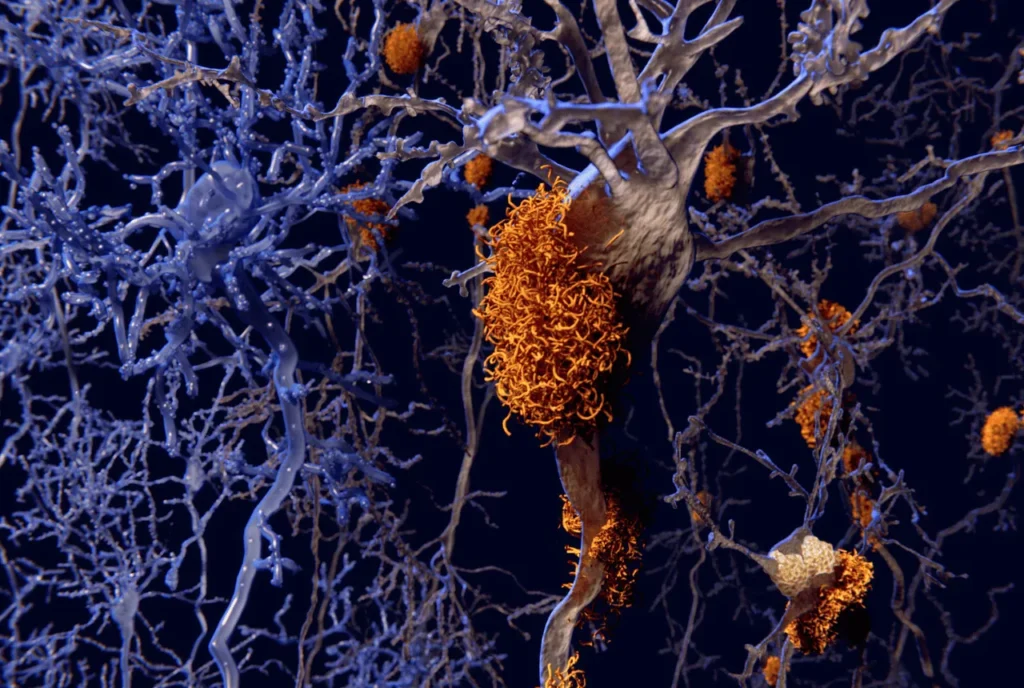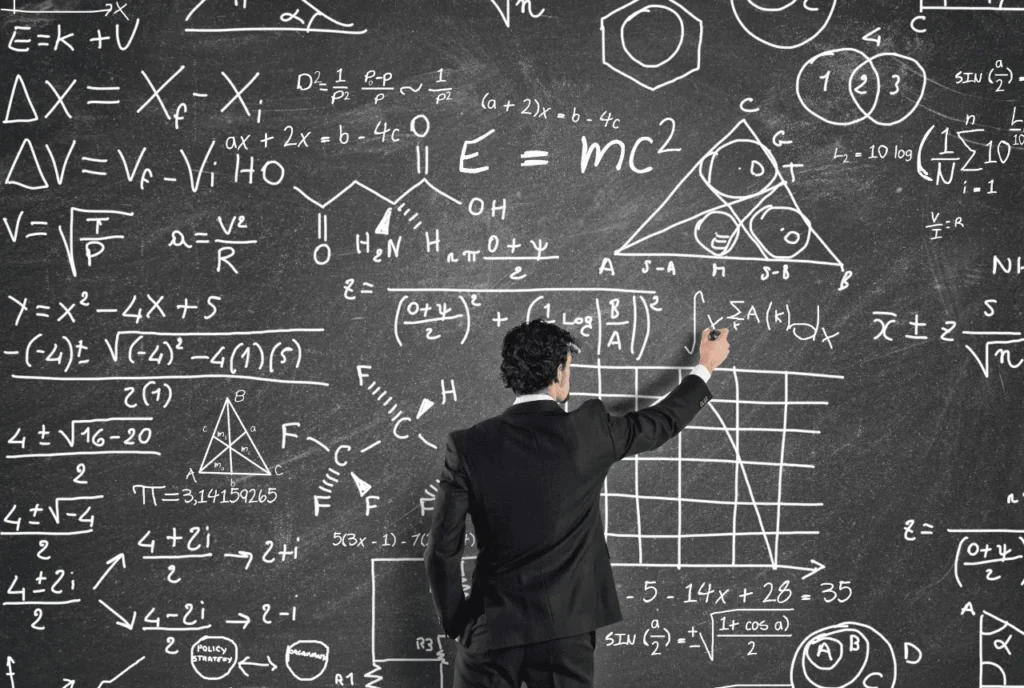![]()
India has a scientific legacy that dates back centuries. Discoveries and innovations have changed the face of science around the world, the majority of which are ancient, fine contributions to mathematics and astronomy, and it continues with numerous modern developments in various scientific fields. Indian scientists and their inventions and research work not only show or depict the country’s scientific standings but also indicate the world’s problems at their doorsteps with the shoulders of science and technology to meet these demands.
Indian scientists left a legacy of revolutionary inventions by finding them on the world map and facing accolades. Two notable figures from such innovation will be considered, C.V. Raman and A.P.J. Abdul Kalam, who represented the ingenuity of Indian minds that has contributed to physics to even aerospace. Apart from their immediate findings, these scientists allow inspiration in the future and instill a strong culture for scientific inquiry in India.
The Legacy of Indian Scientists and Their Revolutionary Inventions

India has great historical contributions to science. Most of the achievements were way before even modern scientific methods were defined. For example, things like advanced mathematics and astronomy work by scholars such as Aryabhata go back to times before the definition of modern scientific methods.
Indian scientists have established international repute in this modern era through the various contributions that each has made through their respective disciplines. The Raman Effect, by C.V. Raman, was discovered in 1928 and procured not only the Nobel Prize for him but also opened new avenues in spectroscopy, thus reaching fields as varied as chemistry and medicine. Similarly, the establishment of India’s nuclear program by Homi J. Bhabha placed India in a paramount position in nuclear physics.
There are glimpses of the impact Indian scientists have had on contemporary research projects and technological developments. Their input helped bring considerable breakthroughs in space and medicine as well as developments in agriculture institutions leading them, namely, ISRO in satellite technology and space missions.
1. C.V. Raman (1888-1970)

C.V. Raman was a great Indian physicist who initiated work for a truly excellent contribution that is known as the Raman Effect, an explanation of how light is affected by molecules. This received him the Nobel Prize in Physics which was awarded in 1930.
In this regard, he was the first Asian to be so recognized. There are many, many applications of the Raman Effect in spectroscopy. It is an analytical technique used to interpret materials based on their interaction with light. This discovery has spread much in the science world particularly in chemistry and medicine to establish clearly the nature of substances and other molecular knowledge.
2. Homi J. Bhabha (1909-1966)

Homi J. Bhabha made great contributions to nuclear physics and was a pivotal figure among Indian scientists and their inventions, playing a crucial role in forging India’s nuclear program.
This was achieved by establishing two very important points for scientific research and development in India: the Tata Institute of Fundamental Research, TIFR, and the Bhabha Atomic Research Centre, BARC. Through his efforts, India was able to develop its nuclear capabilities toward having a wholly self-sustaining energy future and being a contributory field towards many scientific areas.
3. A.P.J. Abdul Kalam (1931-2015)

Socred “Missile Man of India,” A.P.J. Abdul Kalam took India’s defense and space research to significant strides. He led many missile development ventures, of which SLV-3 was India’s first satellite launch vehicle and the Agni missile project that demonstrated India’s fast-growing technological capability. His achievements are not only strengthening the nation’s security forces but have also inspired generations of scientists and engineers across the country.
4. Vikram Sarabhai (1919-1971)

Vikram Sarabhai is known as the “Father of the Indian Space Program”. He actually founded ISRO and, indeed, was the proponent for launching the first rocket from Thumba in 1963. Sarabhai identified the role of space technology in national development and promoted its applications for solving social and economic problems. His vision paved the way for the era of communication, meteorology, and resource management in satellite technology within India, and thus, he made tremendous strides in space research.
5. Jagadish Chandra Bose (1858-1937)

Jagadish Chandra Bose was a renowned Indian scientist who belonged to a group of scholars who worked on plant physiology and physics. Among the notable achievements of Indian scientists and their inventions, Bose’s creation of the crescograph stands out, as a highly advanced tool to measure the rate of plant growth. The magnification range of this tool varies from 10 to 10,000 times.
With the use of the crescograph, he demonstrated how plants can react to different stimuli such as temperature, chemicals, and electricity. From the experiments, he found that plants also display behaviors similar to animals and may even feel pleasure and pain.
Bose’s work was not only limited to the botany field. He also made a good contribution to radio wave technology. Bose was one of the first scientists who discussed the properties of electromagnetic waves to improve early devices in wireless communication. His work stood as a milestone for subsequent developments in wireless technology. The man is a significant personality in the history of communication.
6. Srinivasa Ramanujan (1887-1920)

Srinivasa Ramanujan was an exceptional Indian mathematician whose groundbreaking contributions transformed multiple domains of mathematics, placing him among the most remarkable figures in the field of Indian scientists and their inventions. He wrote down thousands of mathematical theorems of which many were significant even at present times.
He focused especially on number theory wherein he discussed a variety of properties related to numbers and relationships around them. Ramanujan’s mode of operation was through intuition in most cases, without proper proofs often resulted in groundbreaking discoveries.
Some of his major contributions comprise developments of infinite series, especially those related to the number π. His work on continued fractions and modular forms led to several new paths that were explored by generations of mathematicians. With a meager formal education, many obstacles beset him; however, Ramanujan’s genius paved the way and established him as one of the greatest mathematicians in history.
7. Satyendra Nath Bose

Satyendra Nath Bose was an important physicist who contributed a lot to the world of quantum mechanics. He developed Bose-Einstein statistics to explain a new set of bosons, whose statistical behavior could be calculated. Such a theory further exposed phenomena such as superfluidity and Bose-Einstein condensates.
Bose also collaborated with Albert Einstein, which further fortified his position in the scientific community. Contributions by Bose have advanced the field of particle physics whereby knowledge about the behavior of particles at very low temperatures was developed. His work led to the basis of modern physics and remains a source of inspiration for theoretical and experimental research.
Their achievements in various fields reflect the innovative spirit of Indian scientists and their inventions, showcasing India’s rich legacy of excellence and advancement in science and technology.
8. Prafulla Chandra Ray (1861-1944)

Prafulla Chandra Ray (1861-1944) Some of the greatest contributions were made by the renowned Indian chemist Prafulla Chandra Ray in modernizing Indian chemistry. In the field of inorganic chemistry, Prafulla Chandra Ray was a brilliant researcher. His work indeed inspired many innovative applications in the chemical world.
In 1901, he founded Bengal Chemicals and Pharmaceuticals, the first pharmaceutical company in India. This effort not only served as a landmark achievement in Indian industry but also envisioned quality medicinal local production, thereby keeping foreign imports at bay. His vision had a clear aim beyond commerce, it was to inspire a sense of national pride and self-reliance through scientific advancement.
Ray has worked on other medicinal products including antiseptics and other medicinal chemicals. His work among many others led to open avenues for future generations of Indian scientists and entrepreneurs.
9. Meghnad Saha (1893-1956)

There was also Meghnad Saha-an, an influential physicist during his lifetime one notable by remarkable contributions to astrophysics and the development of what is known as the Saha ionization equation. The Saha ionization equation reveals how the ionization state of gases in thermal equilibrium relates to temperature and pressure and therefore the state of the atmospheric layers within stars.
Saha’s work on thermal ionization theory revolutionized our understanding of stars and their compositions. His equation enabled astronomers to interpret stellar spectra in terms of the physical conditions within the stars. This understanding has been fundamental in studying the chemical composition and evolution of celestial bodies.
In addition to his fundamental contributions to theoretical physics, Saha also played a pioneering role in establishing scientific institutions in India—an essential contribution to Indian scientists and their inventions, marking a significant step in the country’s scientific development.
10. Har Gobind Khorana (1922-2011)

Har Gobind Khorana was one of the distinguished biochemists whose research into the genetic code played a key role in breaking open protein synthesis. This gave us a better understanding of molecular biology and he shared the Nobel Prize in Medicine with his colleagues Marshall W. Nirenberg and Robert W. Holley in 1968.
Khorana’s most interesting contributions were in DNA synthesis. Techniques have been developed to create artificial genes from the constructed synthetic DNA, opening the doors for genetic engineering and biotechnology. His discoveries have led to very important consequences within the fields of medicine, agriculture, and genetics and have made an impact on how we approach diseases and develop treatments.
Khorana’s contribution is still inspirational for scientists all over the world, underlining the importance of innovation and research in the unraveling of the hidden mysteries of life at the molecular level.
Impact on Modern Science and Technology
Indian scientists and their inventions have a practical application in the present for diverse purposes, from medicine to agriculture, from diagnostics in medicine, and space research. For instance, although emerging from Raman’s work on spectroscopy, it is still aiding doctors in making correct determinations about what ingredients are inside biological samples.
What’s more, the latest research formed based on these pioneering findings aims to address various new challenges and challenges that include climate change and food security. Most of the new developments trace their roots to some of the early findings.
Educational Legacy and Inspiration
Institutions like Cambridge International School Guwahati have to play a highly essential role in the nurturing of future scientists focusing on scientific excellence within its IGCSE curriculum. Subjects relevant to science and technology help to inspire students to think about pursuing careers in those fields.
Learning about great Indian scientists and inventions motivates such students to work towards doing something good for society.
Conclusion
Indian science contributors have truly made a difference in the world of science today. Its inventions not only paved the way for advancing knowledge but also sparked minds entering into the scientific fields.










